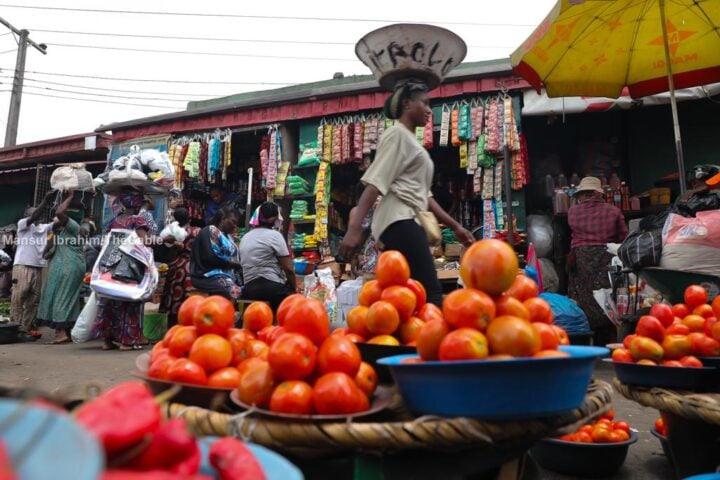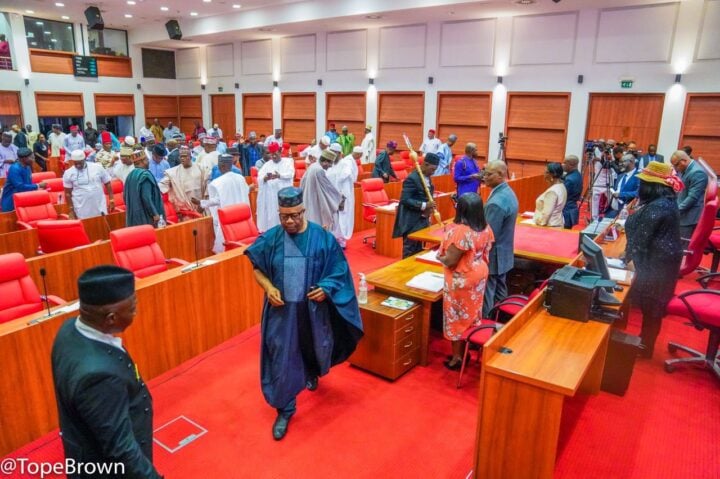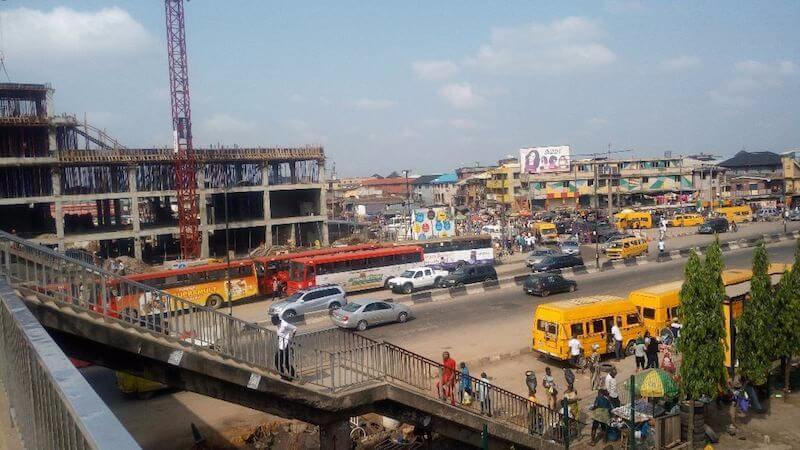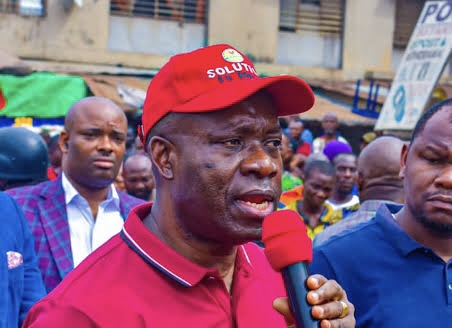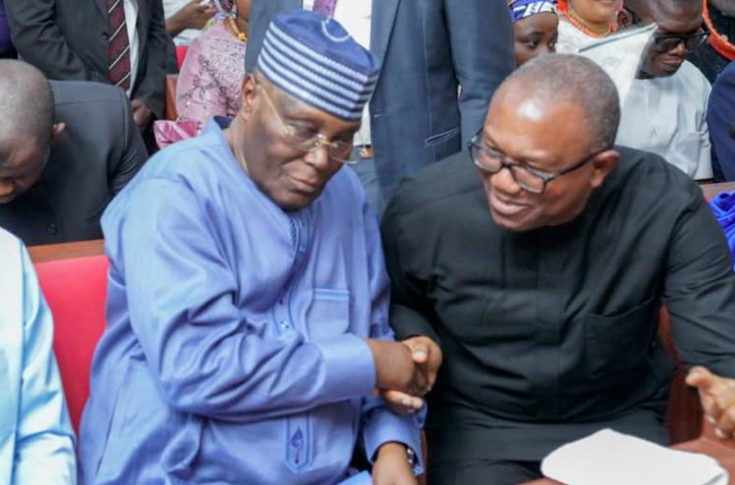In October 2023, headline inflation of Nigeria rose to 27.3%, up from 26.72% in the previous month. The figure marked the tenth (10th) consecutive rise in the country’s inflation rate this year. In its November 2023 report issued recently and titled ‘Macroeconomics Review H1 2023 & Outllook for H2 2023’, KPMG, the multinational audit and consultancy firm projected that the trend will continue till December 2023. According to KPMG, headline inflation will rise to about 30% by December this year.
The twin economic problems of inflation and exchange rate deterioration have become persistent in Nigeria. They have become monsters that have defied various policy solutions. Without putting these two rates under control, the desire for economic growth would continue to be elusive. Our focus here is on inflation.
To proffer solutions to a problem, it is a standard requirement that the nature or background to the problem be understood. To enable us achieve this, we will attempt to provide some economics behind this persistent rise in prices. This should hopefully provide the perspective for our suggested solutions.
It is our opinion that the solution the policy makers are currently relying on and widely publicising (i.e policy rate adjustments) to fight current inflation is rather complicating the situation and making the inflationary problem more persistent. The approach probably stems from the wrong diagnosis that the problem has been subjected. In fact, the use of policy rate increases is rather leading to an increase in deposit and lending rates without the compensating desired reduction in the inflation rate. A number of reasons are responsible for this from both theoretical and empirical perceptions.
Advertisement
The current structure of the Nigerian economy, the stage of the development of its financial sector and the liquidity preference behaviour of economic agents in the country, do not even fulfil the necessary conditions for the use of the orthodox policy tools such as policy rate adjustment as a tool to successfully and fully combat an upward inflationary trend.
The current inflation in Nigeria is more of ‘supply driven’ inflation than a ‘demand driven’ one. Policy rate adjustments as a tool becomes ineffective when an inflationary trend is dominantly supply driven. We tend to often argue that our inflation is caused by excess money supply in the system chasing too few goods. However, our core problem is that it is the aggregate supply level that is significantly fallen short of aggregate demand, in an economy that is operating at below full employment.
To simplify our exposition, we will use the familiar National Income (GDP) equation which is generally taught in the 2nd year intermediate macroeconomics class in all our universities. We would denote aggregate output (GDP) with Y and its components as: Consumption (C), Investment (I), Government expenditure (G), Export (X) and Import (M) and Net Export as X-M and write the simple GDP equation as
Advertisement
Y = C + I + G + (X – M)
Theoretically, Consumption is a function of Income and interest rate. Consumption, is expected to be positively related to income and negatively related to interest rate. However, it is an established fact that Consumption in Nigeria is more, if not wholly, a function of Income. The current low level of consumer credit in Nigeria weakens the relationship between aggregate consumption expenditure level and interest rate. Plethora of empirical studies have proved this assertion. In largely credit-driven societies e.g the developed countries, consumption has a very high negative relationship with interest rate. Hence, whenever there is a disequilibrium resulting in rising prices, you can bring down the rise in aggregate consumption by increasing the interest rate. By implication, aggregate demand is reduced to bring the economy back to equilibrium. It works for them as well because their economy is almost always near full employment and ‘domestic’ capacity for production of consumption goods is high.
Investment expenditure (I) in the equation is defined as additions to capital stock or demand for investment goods, that is, demand for those goods that are used for further production. Theoretically, the demand for investment goods (I) is both a function of income and interest rate as well. It is positively related to income and has an inverse relationship with interest rate. Just as it applies to Consumption, by increasing interest rate upwards, growth in investment demand, that is demand for capital goods, can be reduced.
In essence, for an inflationary trend which is demand driven and an economy with adequate domestic production capacity, the relationships between interest rate and consumption on the one hand and investment on the other, is the logical reasoning behind the prescription of the use of policy rate increases to bring aggregate demand down. Since these relationships and condition do not fully hold in Nigeria particularly for consumption, it provides the justification for the below optimal results we get when we frontally adopt this orthodox prescription to fight inflation.
Advertisement
With a very high unemployment level and consistent news of manufacturing companies either closing down or exiting the country, it means that domestic production capacity is on a downward spiral. It is safe to conclude that the economy is clearly operating significantly at below full employment level. To combat rising inflation in such a situation, increasing the interest rate is not the right and frontal choice as a policy tool. What such an approach ends up doing is to increase lending rate of banks, that is, borrowing rates to firms. It will also increase the internal hurdle rate for investment decision by firms, reduce Investment expenditure as defined in the National Income equation and bring aggregate supply further downwards.
Similarly, owing to the nature of the relationship between consumption and interest rate in Nigeria as aforementioned, consumption expenditure level would largely remain sticky with an increase in policy rate. To satisfy domestic consumption demand owing to low domestic production capacity, imports of foreign goods will fill the gap. Our unaltered and high consumption expenditure level, is of course the source of pressure on the exchange rate. To complete the cycle, the worsening exchange rate filters back into the price level and inflation gets perpetuated.
By inference therefore, if we are going to make headway in our economic management in general and inflation in particular, it is essential to first accept the fact that, our persistent increase in prices is a supply driven problem rather than a demand driven one and that the frontal solution we are implementing is counterproductive.
Beginning from where we are now and with the aim of taming our inflation, it would be wise for us to sustain government expenditure (G) at its current level or even find a way to increase it in the short run. In sustaining and or increasing G, focus should be on expenditure items that could directly or indirectly increase the domestic production capacity (that is, Investment in our equation) of the country. The prevailing argument in the media today is to pressurise government to reduce its expenditure. If this is done and hastily too, it would have a detrimental effect on GDP, the production capacity of the country and worsen the unemployment level without necessarily resulting in reduction in the general price level.
Advertisement
If an economy is operating below its capacity, with high unemployment and a rising rate of inflation, the solution is not to bring down government expenditure (G) hastily but a redirection is needed urgently. The policy focus should aim for options to drive upwards Investment (I) by firms and Export (X). Import (M) in Nigeria is a monster. Our crave for imported consumption goods is high. By its nature, composition, our taste and preference for foreign goods, the price elasticity of demand for our imports is inelastic.
Government has adequate tools to address our supply driven inflation. Turning to our equation again, Investment (I), Export (X) and Imports (M) are the elephants in the room if aggregate supply is to increase within the shortest possible time. For an economy that is operating below full employment, a structured, wholistic and combined set of fiscal, monetary and ‘political will’ policies would need to be put together to target increase(s) in both Investment (1) and Export (X) on the one hand and achieve a reduction in Imports (M) on the other.
Advertisement
Within the fiscal policy space of the country are/should exist various incentives that government can invoke backed by a massive publicity and communication to encourage increase in investment by firms. Such incentives should also be targeted at those investment goods that would be used to produce products that could serve as local substitutes for consumption and inputs (intermediate or raw material) goods that we currently import. It should also be with particular emphasis on those that will utilise existing local raw materials in production process and with special attention to those that could produce for export (X)
Advertisement
Taking into consideration the framework of our simple National Income equation above and subsequent analysis, what government expenditure (G) has done for the country in the past few years is to sustain our so-called growth in GDP. The growth has been at the expense of massive borrowing by government, and creation of an ever-growing liabilities for future generation. Meanwhile, the current generation has not faired either, as we are currently choking under consistently rising prices, massive unemployment and depreciating local currency.
While we have not opined that the violation of the fiscal responsibility act should continue unabated, policy makers need to be very careful in being stampeded to the pressure of reducing government expenditure abruptly. Under the current circumstances, if this is done, GDP growth will turn negative, recession will set in and stagflation, which is a case of declining GDP growth in the face of rising inflation will emerge.
Advertisement
Sanusi is an Economist & Banker. He is currently the CEO of Bancor Group – a finance, consulting and investment firm based in Lagos.
Views expressed by contributors are strictly personal and not of TheCable.

